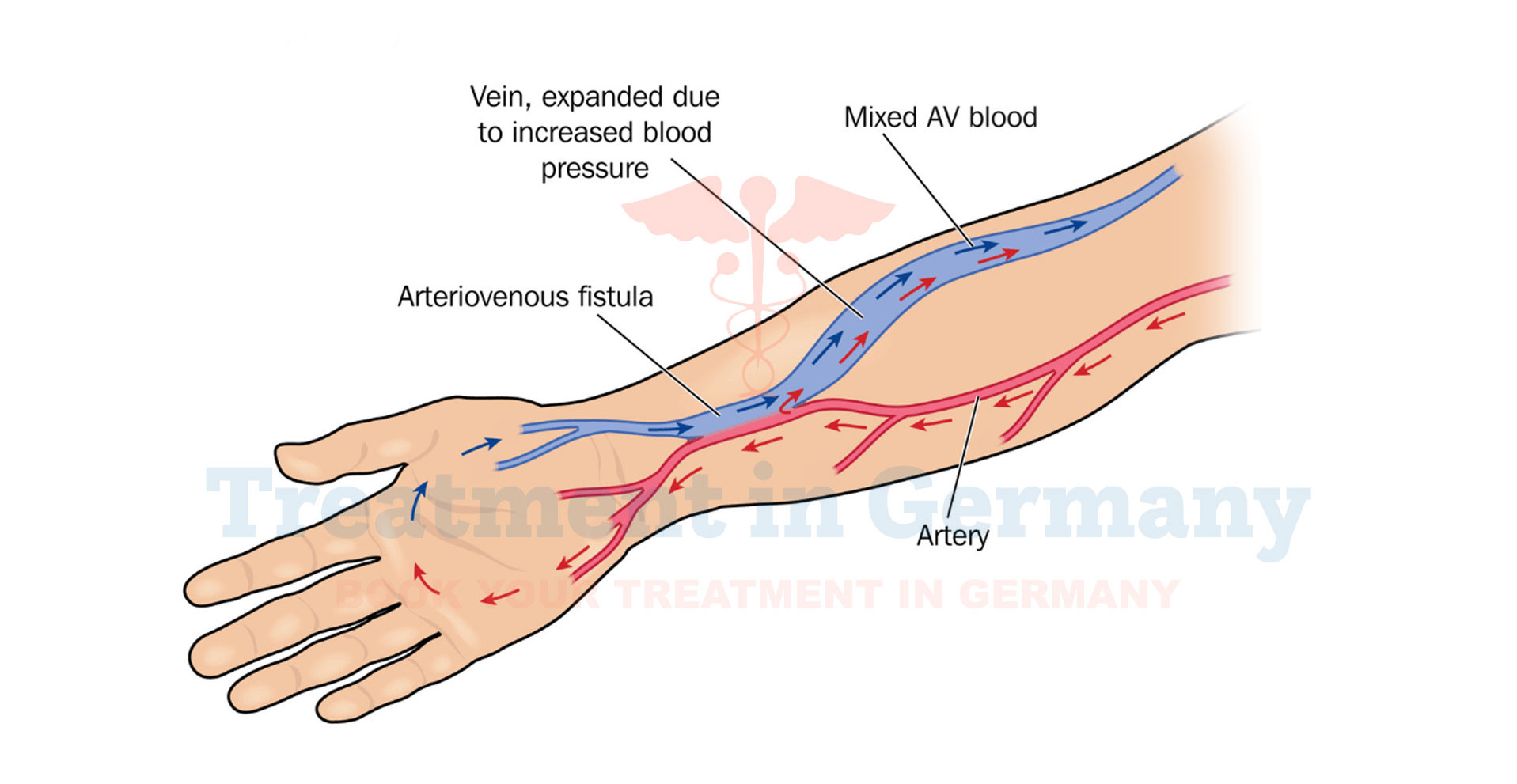What is Hemodialysis Access Creation (Arteriovenous Fistula or Graft)?
Hemodialysis access creation refers to the surgical procedure performed to create a reliable access point in the body for dialysis treatment. This access is crucial for patients with kidney failure who require regular hemodialysis to remove waste products and excess fluid from their blood.
The two primary types of hemodialysis access are arteriovenous fistulas (AVF) and arteriovenous grafts (AVG).
While hemodialysis access creation is generally safe, potential side effects may include:
How is Hemodialysis Access Creation (Arteriovenous Fistula or Graft) Diagnosed?
Diagnosis typically involves a thorough evaluation by a vascular surgeon or nephrologist, including:
Potential Treatment of Hemodialysis Access Creation (Arteriovenous Fistula or Graft)
Treatment options depend on the specific complications encountered:
👉 Contact us for further information and receive a complimentary consultation.

.webp)
.webp)
 (1).webp)
 (1).webp)

.webp)
.webp)
 (1).webp)
 (1).webp)
